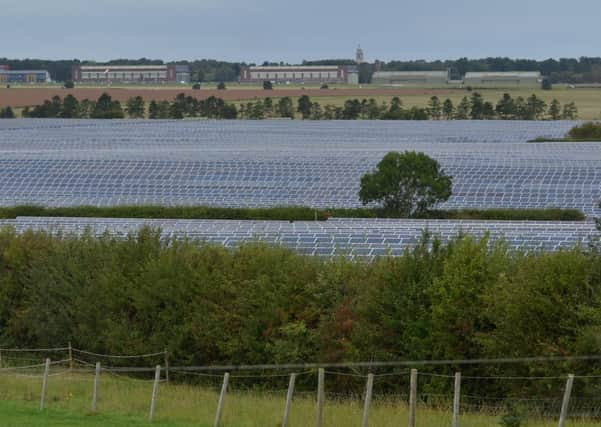Solar farm plans could power 30,000 homes


The two 50MW projects are being put forward by Intelligent Alternatives suggesting an assessment should not have to be made on the potential environmental impact of the schemes, as they insist the 67 and 66 hectare sites are not located in a “sensitive area” and matters can be handled by North and South Kesteven district councils within the regular planning process when a full application is submitted.
One site is west of Walcot and Getton’s Lane, Pickworth. Moor Lane runs along its southern boundary, which is proposed for site access.
Advertisement
Hide AdAdvertisement
Hide AdAnother 66 hectares of solar farm is being proposed by the firm on gently undulating land just to the south of Moor Lane and east of Mill Lane, Pickworth, which would potentially be used for access, or Church Lane.
Writing to the authorities, Isabella Marcucci, assistant planner for the company, says new native trees and hedges will be planted along any exposed boundaries and allowed to grow up to at least three metres in height to provide natural screening, while existing hedging will be filled in and allowed to grow up too.
She says solar panels will be mounted on frames, secured to the ground by metal piles, standing up to three metres high facing due south, dark blue or black in appearance. Sheep grazing or other farm use would carry on in between the rows.
They would be enclosed in deer fencing and CCTV cameras installed along with a number of small buildings to house transformers and substations, which will not emit noise at night.
Advertisement
Hide AdAdvertisement
Hide AdAccess, traffic and transport issues will be carefully managed during construction, said Ms Marcucci. Construction would last six months, with deliveries restricted to working hours.
The hedge would screen it from nearby properties due to the flat landscape.
The site would also get biodiversity enhancements such as bat boxes, wild flower planting and new native hedges.